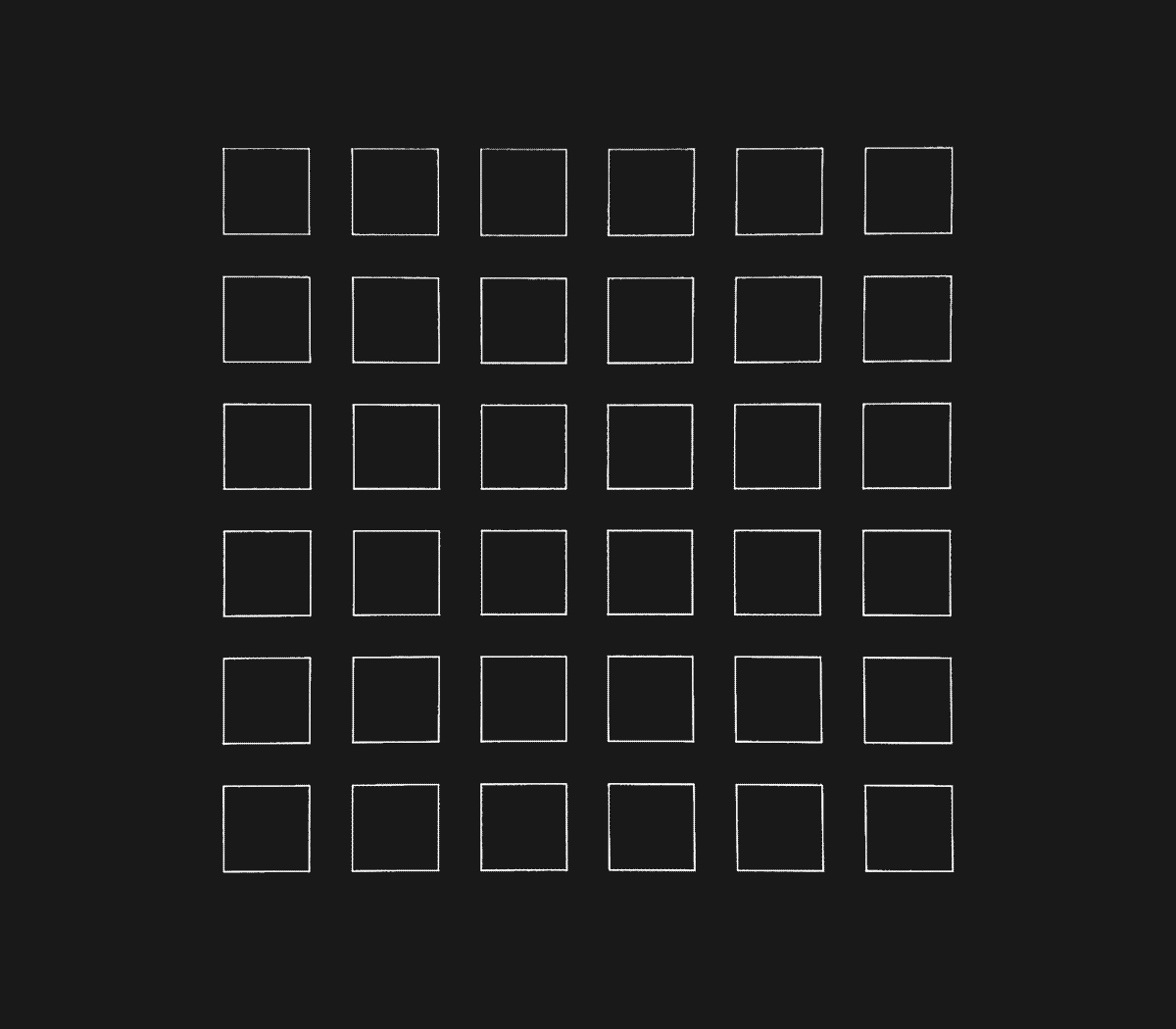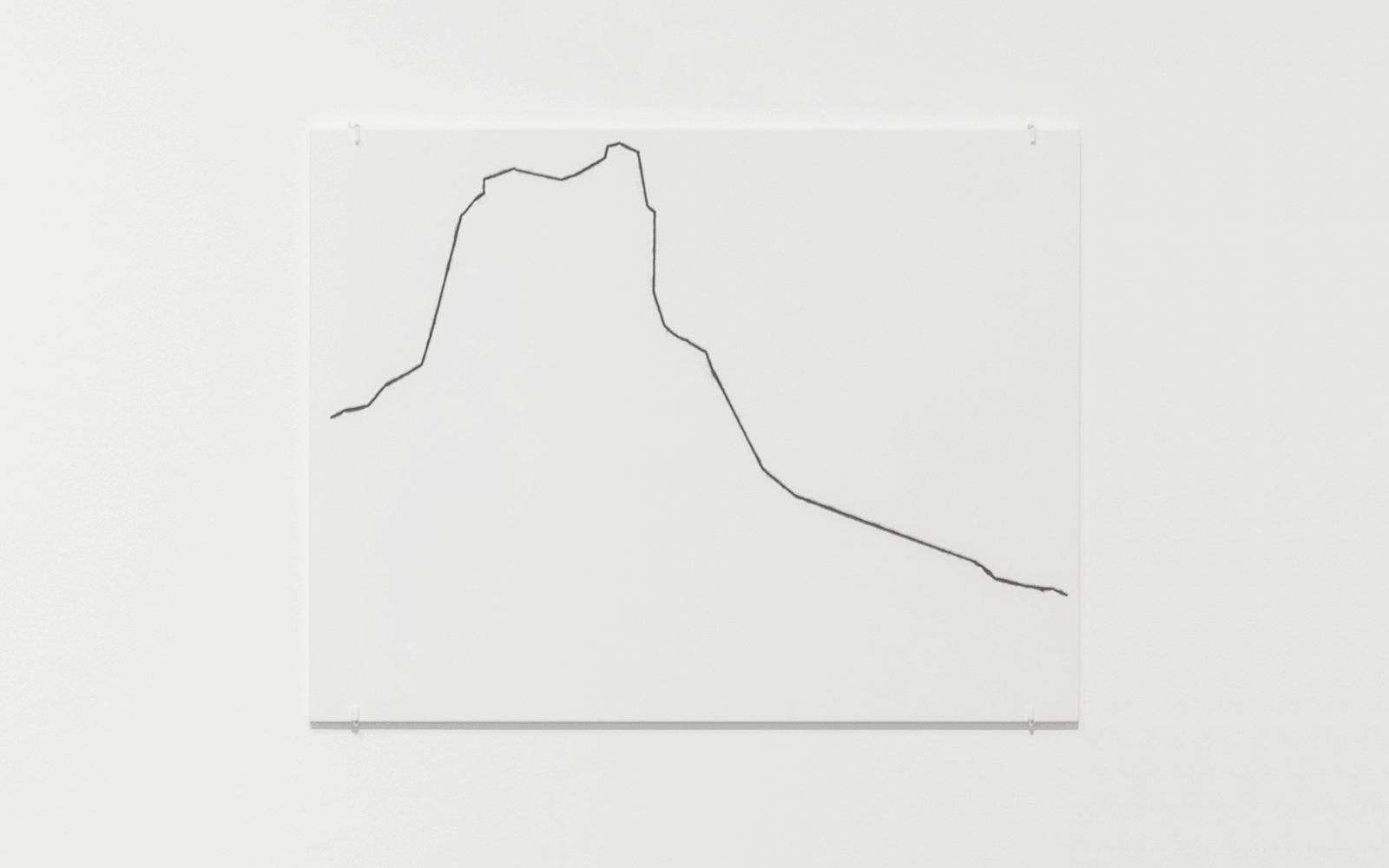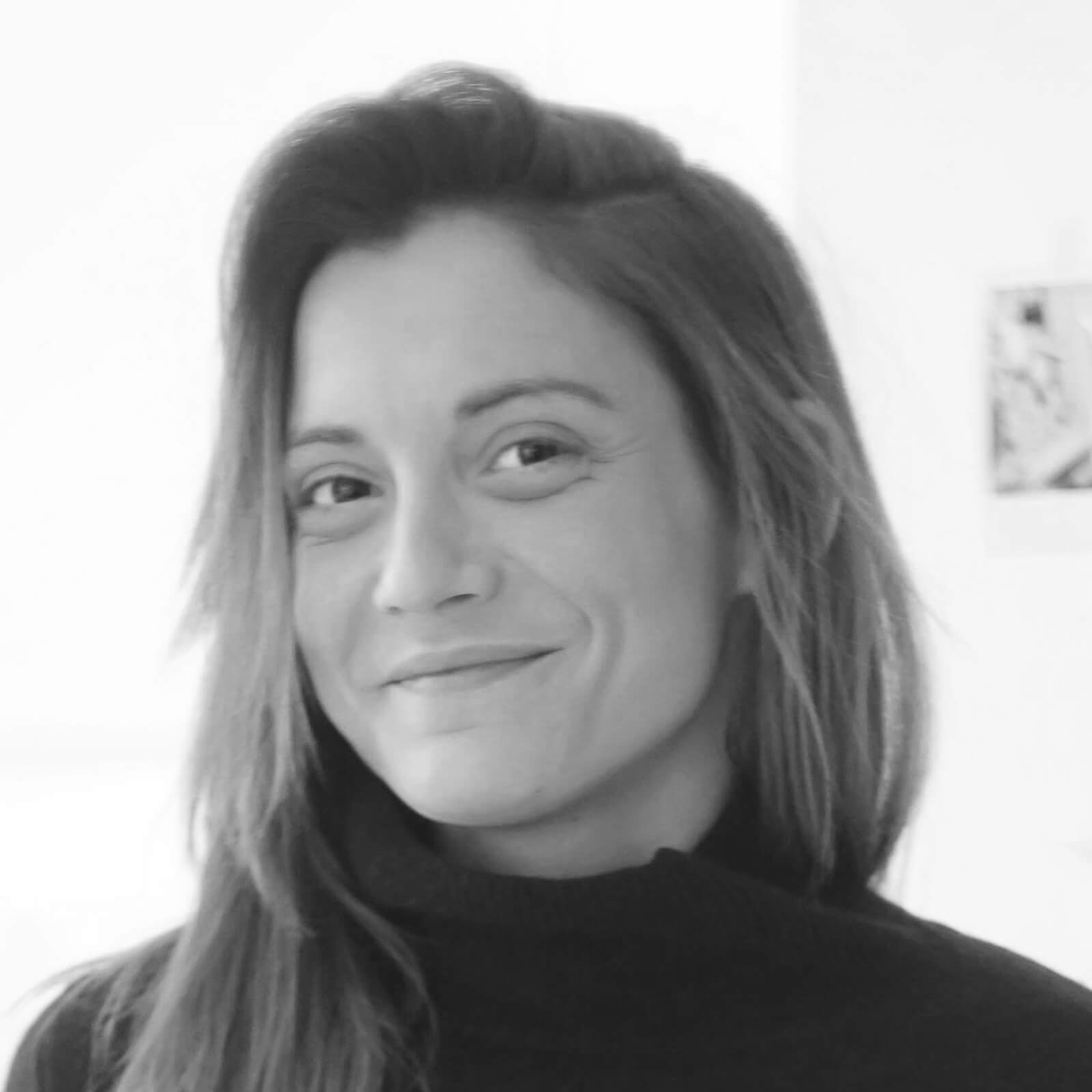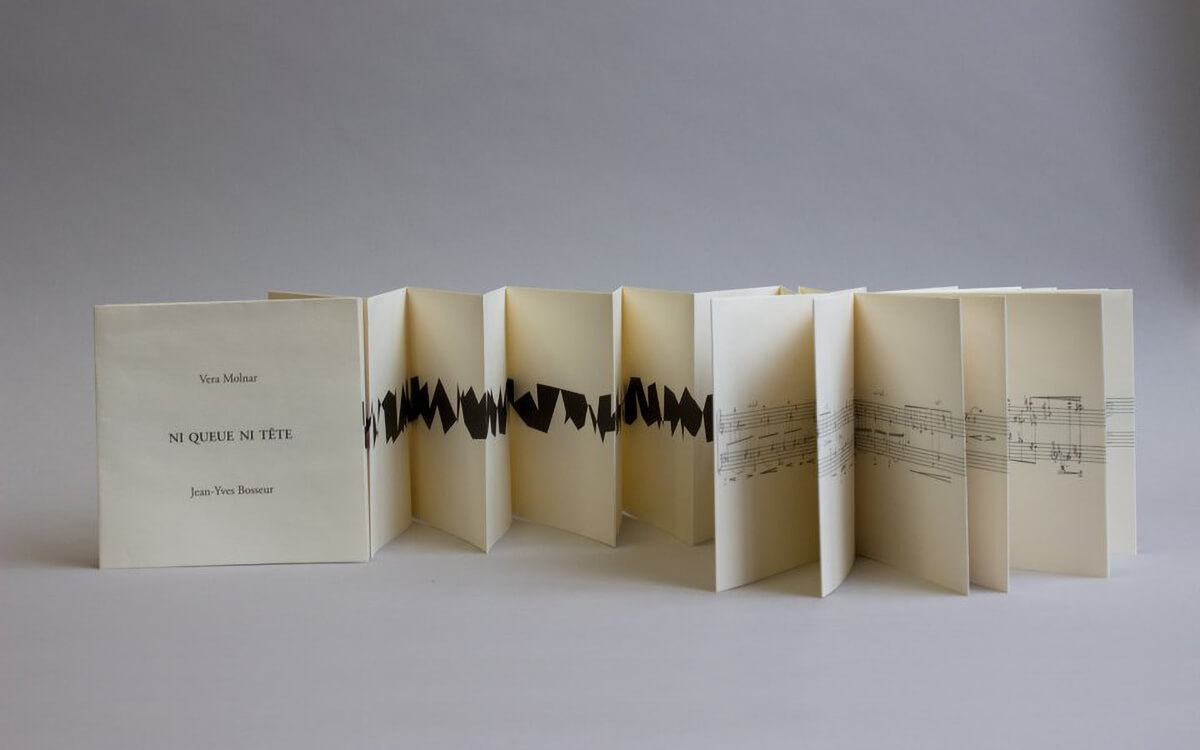Variations: Anne Spalter
“Vera certainly holds a special place in our collection—we have over 200 of her works—and have lent pieces to top tier museums such as MoMA and LACMA.”
Anne Spalter is a digital mixed-media artist, founder of the digital fine arts courses at Brown University and The Rhode Island School of Design (RISD) in the 1990s, and author of The Computer in the Visual Arts (1999). Her artistic process explores imagery of the modern landscape. She is currently creating crypto art, with works auctioned by Sotheby’s and Phillips, and featured in the New York Times. She is also co-instigator of the Anne and Michael Spalter Digital Art Collection.
Q: If I remember correctly, you met Vera Molnar when you interviewed her for your book, The Computer in the Visual Arts (1999). Could you tell us about what that was like, and how your relationship with Vera has developed over the years?
A: Sadly, I was not aware of Vera’s work when I was writing my book, but I have since met her several times and am always impressed by her focus and vibrancy. I especially loved seeing her movie-ready Paris studio for the first time in 2006, and how the digital and analog practices were so integrated in the same space. In early 2020 we met again and my daughter Amelia interviewed her.
Q: How has Vera’s work influenced your own artistic practice?
A: Like many women working in the arts, it is a source of great inspiration to see Vera’s long career arc and her repeated triumphs over many obstacles. Although Vera says she did not feel that gender played a role in the reception of her art, I cannot help but believe that her talent would have been recognized sooner if our society consistently saw men and women on more equal terms. Another wonderful artist, Natalie White, once told me, “the reason most artists don’t succeed is that they give up too soon.”
What if Vera had decided thirty years ago that her art wasn’t selling enough or being shown in the right places and had stopped creating? It would have been a tragic loss for all of us. It is a lesson for any artist. I particularly hope that artists who have come to digital art through the NFT world, where everything moves so quickly, take note. Aesthetically my work and Vera’s are usually quite different but I have also been influenced by her commitment to unending quality. I truly can say I’ve never seen a ‘bad’ Vera Molnar.
What if Vera had decided thirty years ago that her art wasn’t selling enough or being shown in the right places and had stopped creating? It would have been a tragic loss for all of us. It is a lesson for any artist. I particularly hope that artists who have come to digital art through the NFT world, where everything moves so quickly, take note. Aesthetically my work and Vera’s are usually quite different but I have also been influenced by her commitment to unending quality. I truly can say I’ve never seen a ‘bad’ Vera Molnar.
“What if Vera had decided thirty years ago that her art wasn’t selling enough or being shown in the right places and had stopped creating? It would have been a tragic loss for all of us. It is a lesson for any artist. I particularly hope that artists who have come to digital art through the NFT world, where everything moves so quickly, take note.”
Q: Spalter Digital Art is really one-of-its kind in breadth and expansiveness, and from what you and Michael have told me, Vera has served as a sort of a touchstone for building the collection. How would you characterize Vera’s work and her practice, especially in relation to the other artists you have brought together in this collection?
A: Vera certainly holds a special place in our collection–we have over 200 of her works–and have lent pieces to top tier museums such as MoMA and LACMA. Molnar’s work is the perfect entry point for us to introduce newcomers to generative art because the quality of the work is simply impossible to dismiss. Curators and others are immediately intrigued and we can then explain the process and theory while thankfully skipping over the debate about whether this type of work is ‘art’ or not.
Q: You have collected Vera’s works not only from the 1960-80s, for which she is best known, but also some of her early gouaches from the late 1940s and her more recent works as well, which she executes with the help of assistants and/or publishers like Bernard Chauveau of Galerie 8+4 in Paris. Could you speak to why this historical breadth is important to your collection of digital art?
A: Although the collection is chiefly focused on those early years, we do include relevant works outside that range that have a meaningful connection to the early period. This could be either in terms of process or style or content thematics. Many of the artists who started their digital investigations with generative art have continued to use the same approaches and investigate the same issues that initially brought them into the field, even as the available technologies have dramatically changed. I think this is interesting art historically because they could have embraced raster graphics, say, or begun to use much more complex algorithms. It speaks to the disciplined nature of their practices that they keep the same constraints they were initially faced with.
As an aside, it is a common misunderstanding that artists working with technology gain some extra benefit from using the computer–that it is somehow cheating or making up for a skill gap or some other negative perception. A closer look at their work inevitably disproves this, of course. Artists like Vera Molnár and Manfred Mohr were creating work that looked like their computer work, and that was conceptually related, long before they ever touched a computer.
Collecting pieces from before Vera had access to a computer and through long after she could have brought in a range of new features and tools demonstrates the strength of her specific vision.
As an aside, it is a common misunderstanding that artists working with technology gain some extra benefit from using the computer–that it is somehow cheating or making up for a skill gap or some other negative perception. A closer look at their work inevitably disproves this, of course. Artists like Vera Molnár and Manfred Mohr were creating work that looked like their computer work, and that was conceptually related, long before they ever touched a computer.
Collecting pieces from before Vera had access to a computer and through long after she could have brought in a range of new features and tools demonstrates the strength of her specific vision.
Variations
Weaving VariationsExplore more of "Variations:"
→ HOLO.mg/stream/
→ HOLO.mg/vera-molnar-weaving-variations/







